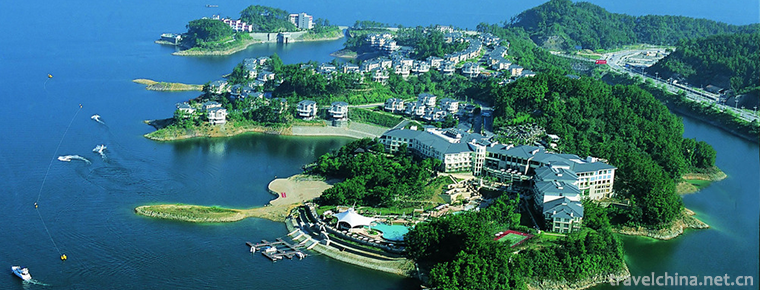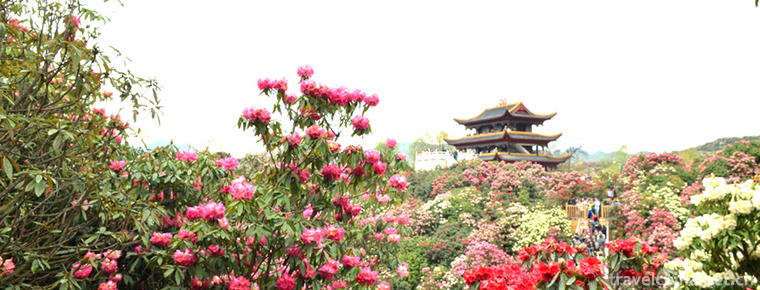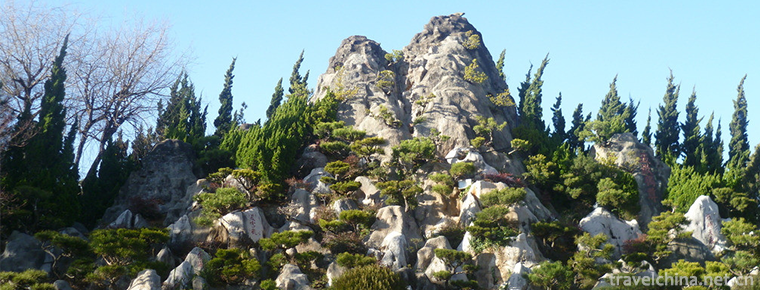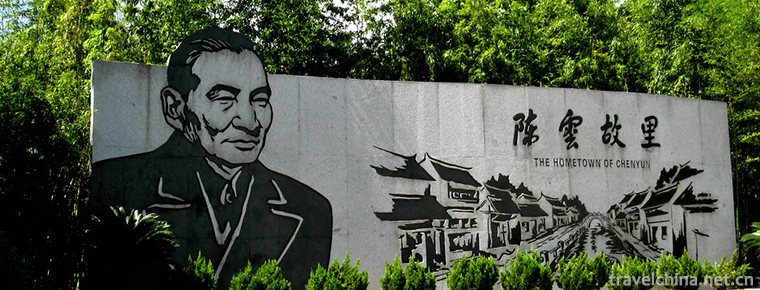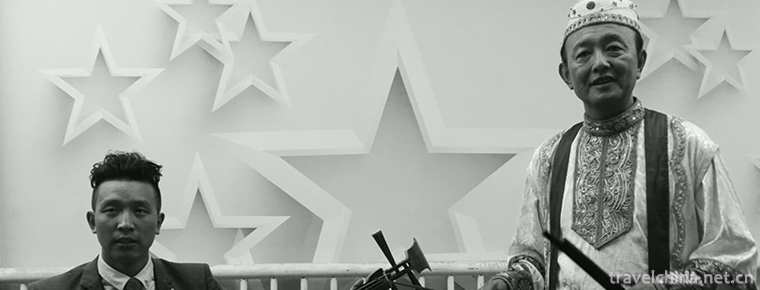Kaiyuan Cave Tourist Area Zibo
Kaiyuan Cave Tourist Area Zibo
The karst cave in Kaiyuan is named for the cliff stone carvings in Kaiyuan period of Tang Dynasty. It is large and tall with a length of more than 1100 meters. It is divided into six halls. The natural scenery in the cave is exquisite, vivid and dazzling. The cliff carvings of Neolithic Age, Tang Dynasty and Song Dynasty in the cave are even more remarkable.
Main attractions
From the Shancheng Bodong 40 miles to Kaiyuan Cave, known as "the first cave in Shandong Province". The karst caves in the world are different, but the magnificent Kaiyuan Cave is comparable to the Reed Flute Rock in Guilin, Guangxi. Kaiyuan Cave is a corridor hall cave, 1280 meters long, the highest and widest place up to 30 meters. It consists of eight halls, with more than 100 scenic spots and sceneries for tourists to enjoy. Each hall has its own unique lighting layout using China's advanced light source technology, which brings different visual effects to people.
Water curtain Hall
The first Hall of Kaiyuan Cave is called "Water Curtain Cave Hall". The stalactites in the cave have different shapes, and the stone mantle, flag and stalagmite are pleasant to the eye. "Water Curtain Cave" is named after a small hole in the stone wall. The temperature in the cave is constant throughout the four seasons, and the perennial temperature is kept at about 15 degrees. The indistinct words "Li", "Female" and "Meet" on the stone lion-shaped stalagmites have been identified by experts as Song Dynasty stone carvings, which have a history of nearly one thousand years. When Kaiyuan Cave was first discovered, people entering the cave found a pile of human bones beneath the stalagmite. It is supposed that maybe Li Mou-mou died here, and Zhao Xing, who was with him, wrote the inscription here.
Dragon Ridge Hall
The second hall is Longji Hall. Longji is also called Tiangou. The total length is 45 meters. There are almost all dragon ridges from one hall to six halls. Such a long, large, deep and beautiful dragon ridge is rare in other karst caves. So this is one of the characteristics of Kaiyuan Cave. The large and small white round stalactites on the wall of the cave make up the scenery of "lost jellyfish". There are three distinct stone carvings on the surface of stalagmites in this hall. It was certified by experts as carved in the first year of Tang Kaiyuan.
Pearl Hall
The third hall is the Pearl Hall. There are also many marks on the roof of the hall. Some of them are filled with calcite, and many of them are stone carvings of the Han Dynasty in China. Some difficult words have been made into rubbings and sent to relevant departments for research. Kaiyuan Cave has not only important tourism value, but also precious archaeological value. The top wall of the cave is covered with snow-white spheres, which are very similar to pearls, so it is called "Pearl Beach". The name of spheroids is stone grapes, which grow into corals and are called stone corals. The chemical composition is calcite, white. Its large distribution is also rare in other caves. It belongs to one of the cave treasures of Kaiyuan.
Ju Xian Hall
The fourth hall is "Juxian Hall". In this hall, various forms of stalagmites, small stone waterfalls, jellyfish coral, stone grapes, stone flags are everywhere. There are scenic spots, water sources, springs flowing into the East China Sea, rushing to the top of the heavens, which is the land of peach for thousands of years. There are "Pansil Cave" in the hall, the "Brahma Buddha Pagoda" inhabited by immortals, the "primitive ancestors", "Damo wall" and "longevity stars" respected as Chinese Buddhism Zen, which are really like gatherings of immortals.
Longevity Hall
The fifth hall is Longevity Hall. Longevity Hall is majestic and tall, about 25 meters high, with many stalactites. The beauty of longevity hall is like the beautiful colorful stalagmites of the King of Heaven Tower. The beauty is like the beautiful scenery of Guilin's poetry. The beauty is like a village, with thousands of lights, and even more beautiful is like the hot and red magma of ancient volcanoes. Stone flags were flying on the cliffs. On the top of the white waterfall, there was a petrified box engraved with the words "Golden Bar Tibetan Record". This humanistic landscape with marine fish fossils adds some mystery to the longevity hall. "Source source" outflows longevity water, it is said that drinking will be healthy and longevity.
Guanyin Hall
The sixth hall is Guanyin Hall. In this hall, the stone mantle is everywhere, stalagmites are full of eyes, shellfish nests are charming eyes, Shiqi Tibetan eyes, clear water, waterfalls drifting, attractive scenery. Stone dams are like terraces, and stone grapes are in clusters. Fairyland owner Nanhai Guanyin-shaped stalactite sits on the cave wall, lifelike. On the top of the Dragon ridge, which is about 25 meters long, stalactites resemble torches and niches.
Kaiyuan honorary
National AAAA Tourist Scenic Spot
Reliable Units of the Second Tourism Consumption in Shandong Province
Certificate of National Grade Tourist Areas (Spots)
Advanced Collective of Tourism Industry in Shandong Province
Zibo City Creates Excellent Cities in China
supporting facilities
Located in Malanyu, Donggao Village, Yuanquan Town, Zibo Kaiyuan Karst Cave, developed in the Lower Paleozoic Ordovician dolomite, was formed 400,000 years ago. It is a typical karst cave with a total length of more than 1,100 meters. It is very rare in northern China. There are many natural landscapes and cultural relics in the cave, with a maximum width of more than 30 meters. It is known as "the first cave in Shandong Province" by the National Karst Museum. Up to now, it has received a cumulative number of Chinese and foreign tourists. In order to expand the scale of the scenic spots, it is planned to invest 10 million yuan to build waterfalls, artificial lakes, Shihai, ecological parks and other supporting facilities for recreational tourism. After the completion of the project, the tourism income will be increased by 8 million yuan.
Traffic information
Traffic Guide for Kaiyuan Cave in Zibo Mountain
Address of Kaiyuan Cave in Zibo Mountain: Donggao Village, Boshan Yuanquan Town, Zibo City, Shandong Province
Zibo Boshan karst cave self-driving route:
Turn right at Boshan Highway junction and go south along Huancheng Road via Ma Gongci Tunnel-Nanzhuang-Jiao Yulu Exhibition Hall-Tianjin Turn right-Boshan Kaiyuan Karst Cave 30 km
Zibo Boshan Kaiyuan Cave Ride Route:
Zibo takes No. 1 bus to Boshan Station and No. 13 to Kaiyuan Karst Cave.
Zibo Bus Station (K1 Zhangdian to Kaiyuan Karst Cave) Bus Terminal Ticket 8.5 yuan
Practical information
Ticket information
Boshan Kaiyuan karst cave ticket price 70 yuan (including insurance premium and tour guide service fee), student ticket: 40 yuan.
For statutory holidays and associated holidays, tourist yearly tickets and coupons of competent authorities are not used in scenic spots.







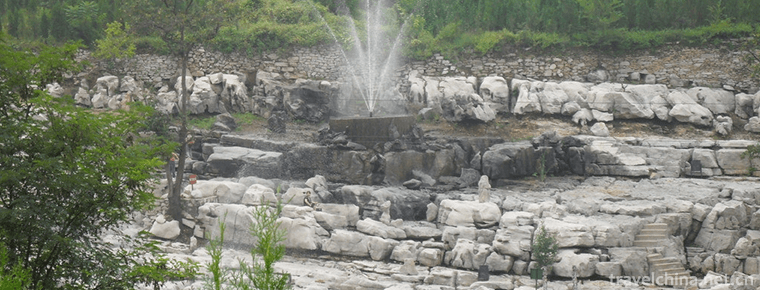
-
Thousand Islet Lake Qiandaohu Scenic Area
Qiandaohu Scenic Area, also known as Xin'anjiang Reservoir, is located in Chun'an County, Hangzhou City, Zhejiang Province..
Views: 190 Time 2018-12-07 -
Baili Rhododendron Scenic Area in Bijie City
Bijie Baili Rhododendron Scenic Area is located in the northwest of Guizhou Province and the central part of Bijie City. It belongs to the Baili Rhododendron Management Area of Bijie City..
Views: 218 Time 2018-12-12 -
Kunming World Horticultural Expo Garden
Kunming World Horticulture Expo Garden (hereinafter referred to as the World Horticulture Expo Garden) is the site of the 1999 Kunming World Horticulture Expo..
Views: 238 Time 2018-12-12 -
The Siberian Tiger Park
Located on the North Bank of Songhua River, the Northeast Tiger Forest Park covers an area of 1.44 million square meters and is adjacent to the Sun Island Scenic Area. Among them.
Views: 167 Time 2018-12-19 -
Chen Yuns former residence and Qingpu Revolutionary History Memorial Hall
Chen Yun's former residence and the Qingpu Revolutionary History Memorial Hall are the only Memorial Hall in the country that systematically demonstrates Chen Yun's life achievements approved by the C.
Views: 126 Time 2019-01-05 -
Yangshan Ancient Town International Military Tourism Resort
Yangshan Ancient Town International Military Tourism Resort is located in Yangshan Town, Jinxiang County, Southwest Shandong Province. Yangshan Ancient Town International Military Tourist Resort is a .
Views: 187 Time 2019-03-02 -
Hui folk instrumental music
Hui folk instrumental music is a long-term life practice and cultural activities of the Hui people in Ningxia, inheriting ancient instruments of Ningxia and northwest frontier fortress instruments and.
Views: 169 Time 2019-05-04 -
Mongolian Sihu Music
Mongolian Sihu music is one of China's intangible cultural heritage. Mongolian Sihu is one of the most distinctive Mongolian musical instruments, stringed instruments..
Views: 172 Time 2019-06-04 -
virtuous and filial
Xianxiao was born out of Buddhist folklore, and has a deep relationship with Xiliangle music, Dunhuang Bianwen and Hexi Baojuan. The way of inheritance mainly depends on the artistic population. Its c.
Views: 171 Time 2019-07-01 -
Contact information of Chengdu Giant Panda Base
Contact information of Chengdu Giant Panda Base.
Views: 161 Time 2020-12-13 -
Luzhou Medical and health
By the end of 2018, there were 46 primary health institutions and 39 other health institutions in the city, including 46 primary health institutions and 1 professional health institution. Among the hospitals, there are 97 general hospitals, 15 TCM hospitals and 35 specialized hospitals.
Views: 120 Time 2020-12-14 -
Nanchong landform
Nanchong terrain inclines from north to south, with an altitude of 256-888.8 meters. The main geomorphic types are hills, and 1 / 3 of them are high hills and low mountains, middle hills and valleys, and low hills and dams. The geomorphic types of the whole city.
Views: 321 Time 2020-12-17
